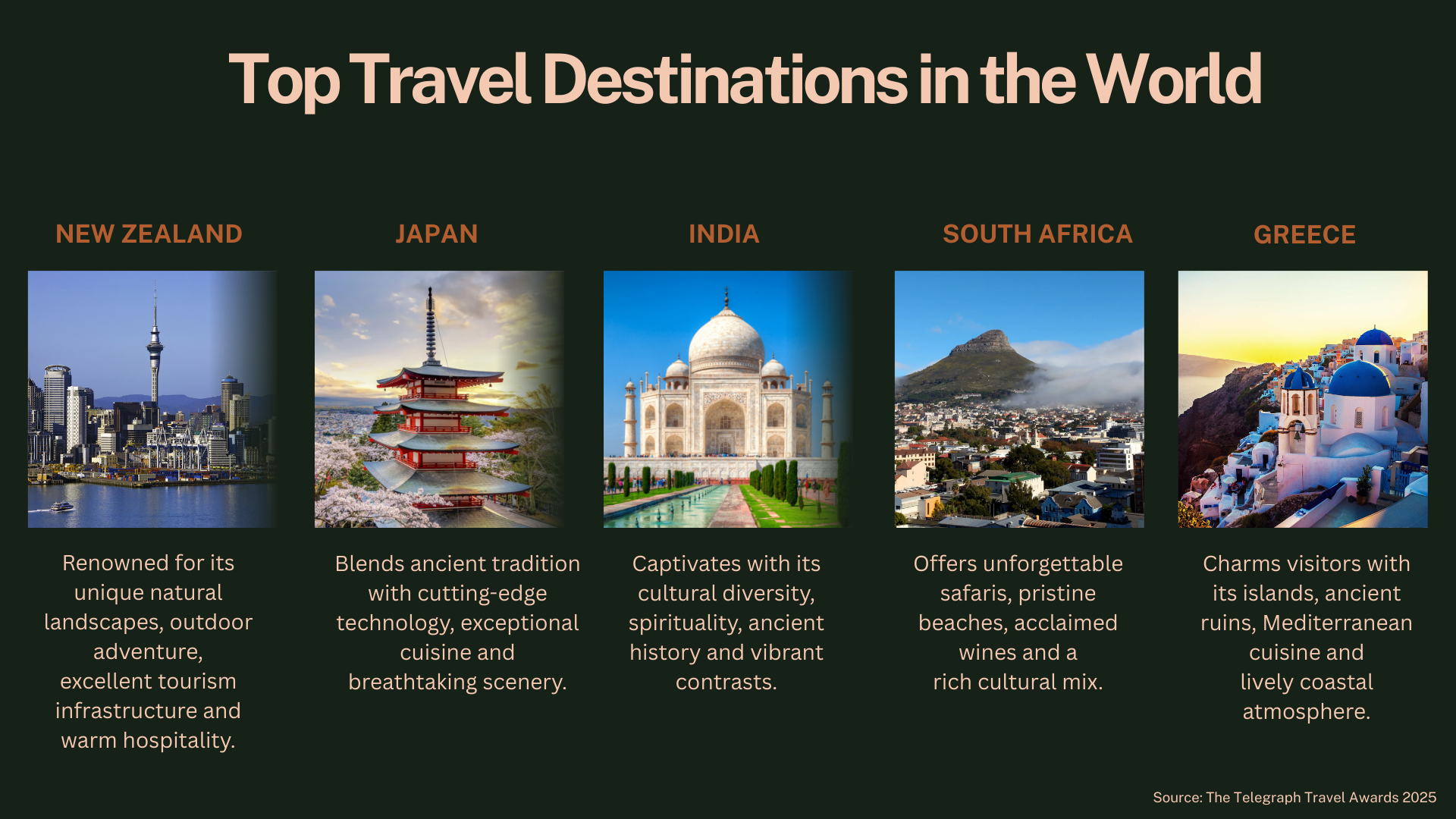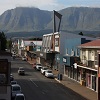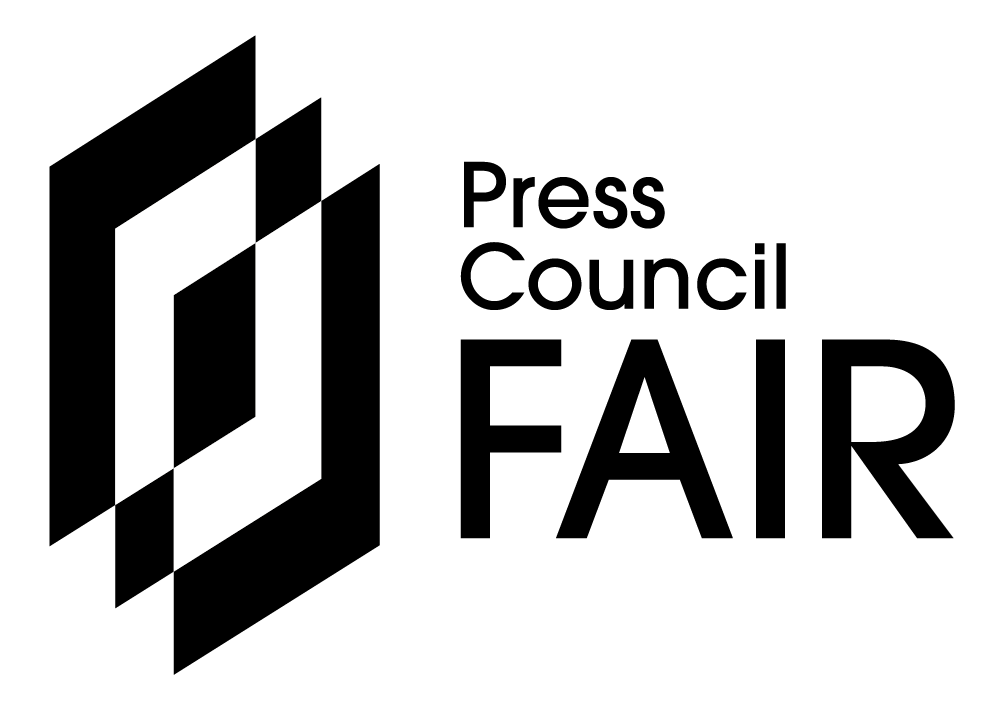TOURISM NEWS - Over the past two years, international tourism has regained momentum as the world moves on from the pandemic.
Borders have reopened, airlines have reinstated routes, and travellers are once again filling airports, hotels and beaches. In this global recovery, South Africa is re-emerging as one of the continent’s most compelling destinations — a country that blends nature, culture and cuisine into a unique mosaic.
But while the rebound is encouraging, it has been slower than that of some regional competitors, revealing both notable gains and lingering challenges.
Between January and July 2025, South Africa recorded 5.85 million international arrivals, a 14% increase compared to the same period in 2024, according to Travel and Tour World.
The numbers place the country just 1% shy of pre-pandemic levels. Yet behind this apparent normalisation lie key contrasts.
While global tourism had already recovered to 2019 levels in 2024, South Africa remained 13% below its pre-pandemic benchmark - lagging behind destinations such as Morocco, Kenya and Tanzania, all of which exceeded their 2019 records.
Morocco welcomed 17.4 million tourists in 2024, 20% more than in 2019, while Tanzania posted an 18% rise. Even Tunisia surpassed South Africa with 10.3 million visitors compared to South Africa’s 10 million.
A big portion of the explanation lies in the composition of demand. Of the 5.85 million arrivals recorded between January and July, 4.55 million were from other African nations — nearly eight out of every ten visitors.
This strong regional base reflects increasing mobility across the continent and South Africa’s role as a major travel hub, but it also highlights a decline in long-haul tourism, which typically generates higher spend per traveller.
Foreign arrivals totalled just 1.3 million, 10% fewer than in 2019, translating to an estimated US$232 million loss in direct tourism spend.
Even so, the months that followed showed more robust momentum. In August, international arrivals rose 30.2% year-on-year to 935,738, pushing total numbers for January to August to 6.79 million — up 15.8% from 2024.
Tourism Minister Patricia de Lille hailed the figures as “a story of confidence and recovery”, noting that the industry supports nearly two million jobs nationwide.
Her optimism is well-founded, as growth came from all key regions. Arrivals from Europe, Asia, the Americas and the Middle East all recorded double-digit increases.
The UK and Germany led European arrivals, Brazil and Argentina posted growth of over 70%, and emerging markets such as Indonesia and Saudi Arabia doubled their numbers.
The rebound is also driven by policy shifts and modernisation. The roll-out of the Electronic Travel Authorization (ETA) is expected to streamline arrivals and potentially create between 800,000 and one million jobs.
Visa-free agreements with countries such as Ghana and stronger regional air routes have boosted African travel flows. Lesotho, for example, saw a 110% surge in arrivals, while Mozambique grew by 36.8% in August alone.

South Africa’s flagship attractions are also experiencing renewed demand. Cape Town, Kruger National Park and the Cape Winelands remain the top draws, especially for the luxury segment, which has already surpassed 2019 levels.
Tour operator Go2Africa reported a 30% rise in revenue in September, driven by travellers seeking exclusive experiences such as tailor-made safaris, culinary travel and private retreats. Mid-range travel, however, remains price-sensitive, with higher airfares and shorter stays prompting calls for a more diversified tourism offering to balance luxury with affordability.
In September, the country finally exceeded its total pre-pandemic arrival figures, reaching 7.6 million visitors — 73,000 more than during the same period in 2019.
Most arrivals came from neighbouring countries including Zimbabwe, Mozambique, Lesotho and Botswana, which remain the backbone of South Africa’s tourism sector and a crucial support for local economies.
Yet progress is not measured by arrivals alone. South Africa is working to build a more data-driven and sophisticated tourism promotion strategy.
The Southern Africa Tourism Services Association (SATSA) continues to emphasise the importance of strengthening international marketing, addressing safety perceptions, and tapping into emerging markets such as digital nomads and sustainability-focused travellers.
At the same time, the expansion of digital financial services — including personal loans aimed at small tourism operators and entrepreneurs — is becoming a complementary driver of growth.
The sector’s digitalization, new e-visa systems and improved air connectivity will be essential for maintaining competitiveness against regional powerhouses like Kenya and Namibia.
Another pillar of the recovery is the MICE sector (Meetings, Incentives, Conferences and Exhibitions). Johannesburg and Cape Town are once again attracting major international conventions, reviving hotels and conference centers and creating a ripple effect across airlines, restaurants, transport and entertainment.
Looking ahead to 2026, the outlook is promising. Projections suggest South Africa could surpass 10 million international arrivals, supported by major cultural and sporting events such as the Cape Town Carnival and Durban Tourism Month.
The official target is 15 million visitors by 2030 — ambitious, but attainable if the country maintains its current pace and strengthens its position as a diverse, safe and sustainable destination.

Bookings and app downloads surge
As South Africa cements its return to the global tourism map, the shift is not only visible in airports or national parks — it is happening on travellers’ phones too. In an era where trip planning begins with a tap, mobile apps have become a silent thermometer of tourism demand, and in South Africa, the digital pulse is beating strongly.
During the third quarter of 2025, major travel and local service apps recorded sustained growth, according to Sensor Tower data.
Connectivity app Instabridge Sweden AB — vital for accessing public Wi-Fi hotspots — saw a notable spike mid-year, reaching more than 36,000 weekly downloads and over 70,000 active users.
Other established platforms reflected the same trend. Booking.com maintained a solid base of around half a million active users, while Airbnb doubled its downloads between July and September, underscoring the return of travellers seeking more local and personalised stays. Marriott Bonvoy also posted steady growth, driven by corporate and luxury travel.
Leading them all, Google Maps remains indispensable. More than 16 million active users relied on it during the quarter — a reminder of how technology accompanies every journey, from Cape Point to Kruger National Park.
South Africa’s tourism revival, however, is not only captured in digital trends. It is also shining on the global stage. At the 2025 Telegraph Travel Awards, the country was named the world’s fourth-best destination — and Africa’s top destination — extending a decade-long presence among readers’ top ten favorites.
The award celebrates South Africa’s unique combination of modernity, nature and culture: Cape Town’s cosmopolitan energy, world-class wine routes, Kruger’s iconic safaris and the scenic Garden Route, which winds through mountains, beaches and charming small towns.
Cape Town, in fact, earned double recognition, appearing in the Telegraph ranking and being listed by The Times as one of the world’s top 20 cities for nightlife.
Together, the digital data and international accolades tell a single story: South Africa is not only recovering visitors — it is reinventing the way it welcomes them. Digital innovation, warm hospitality and a rich diversity of experiences are strengthening the country’s global standing and capturing the attention of travellers eager to explore it.

‘We bring you the latest Garden Route, Hessequa, Karoo news’

















